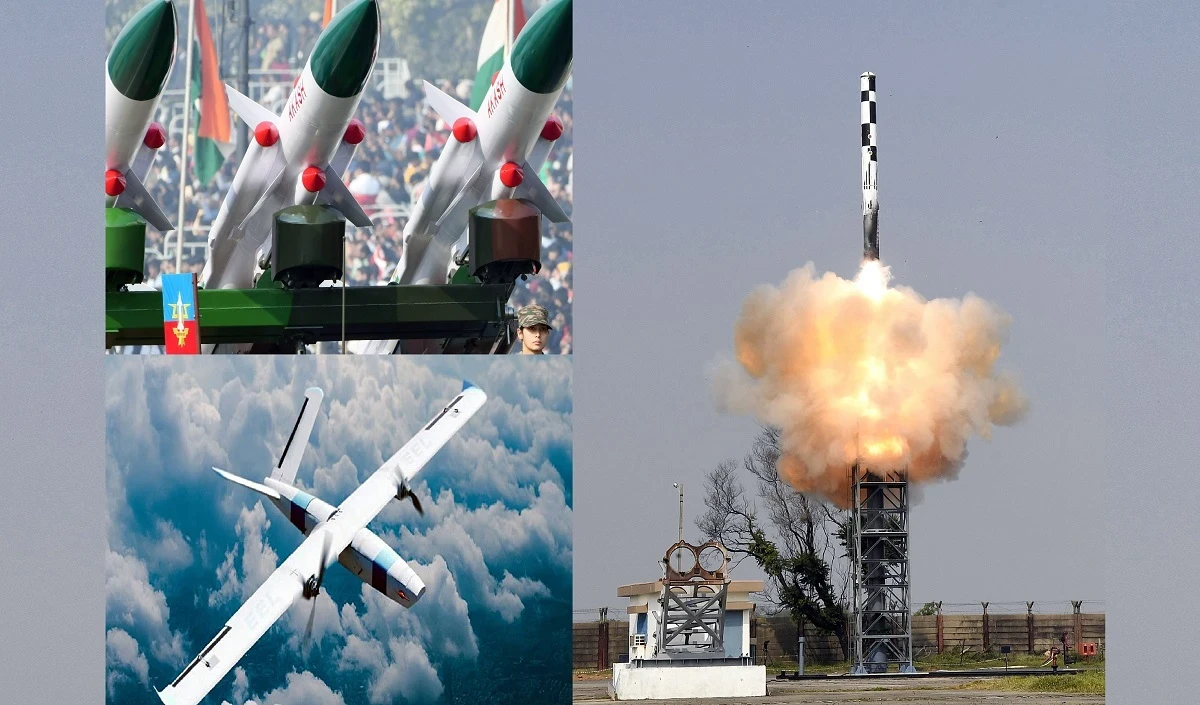After India’s Operation Sindoor, Pakistan tried to work more than its position. But in front of India’s air defense system, Pakistan’s missiles were seen licking dust. The missiles are now left in the international market. Because India’s air defense system is so dangerous that all these weapons were killed in the air. Pakistan’s jets, missiles, drones all ended. On May 10, Islamabad launched Fatah-II missile, which India stopped in Sirsa, Haryana. Belistic missiles were fired by Pakistan while continuing attacks on several Indian cities on the night of 8-9 May. The target of the missile was Delhi. This act of Pakistan has focused on its comparison with the missile arsenal and India in the neighboring country. The Indian armed forces not only caused heavy damage to Pakistani military installations as confirmed by satellite paintings and Pakistani authorities have also accepted it – but it was mainly done using domestic -level weapons.
Also read: Pahalgam to Operation Sindoor Part 3 | How the first strike on Pakistan after Pahalgam | Teh tak
BrahMos missile
The power of the world’s most powerful supersonic missile is such that a country like China also hesitate to face it. The BrahMos Aerospace is an India-Russia joint venture and produces supersonic cruise missiles that can be projected from submarines, ships, aircraft or ground. This missile fly at a speed of about three times at the speed of sound. This version can kill about 290 kilometers away. Surefire supersonic cruise missile for surgical strikes. There are two variants. Renja from 450 to 800 km can be stained by land, sea and air. Price 15 to 30 crores. The most important thing is that this missile is also equipped with the Advanced Guidance System with Steel Technology and it can easily cheat the radar of the enemy country.
Akash Air Defense System
A day after India targeted terrorist bases within Pakistan and Pakistan -occupied Kashmir (PoK), Islamabad retaliated by Islamabad – the country’s citizens and military establishments targeted. The neighboring country left a herd of drones and missiles – mostly Chinese and Turkey to wreak havoc on India. However, the Akash missile system thwarted these attacks, which revealed its effectiveness. Defense Research and Development Organization -developed by the Defense Research and Development Organization Bharat Dynamics, the sky is a short distance surface -to -air missile (SAM) and is a part of India’s multi -level air defense system.
Also read: Pahalgam to Operation Sindoor Part 4 | 25 minute account of 17 years of terror. Teh tak
Nagastra-1
India’s first indigenous loitoring monuishan, Nagastra-1, provides significant assistance to Indian soldiers in failing the enemy’s lead. Developed by Solar Industries in Nagpur, portable suicide drones are designed to fly directly on the target and explode accurate attacks. Its effectiveness during the struggle showed India’s rapid progress in the drone war.
Schistrker
Jointly developed by India and Israel, Skystrier Loitoring Municipality was another important property. It is capable of carrying 5–10 kg of explosives, flying for two hours and attacking goals with secret and accuracy. Its successful deployment showed India’s growing potential in long distance, high accuracy drone operations.
India’s big missile power India
There is a rich history of missile technology in India. Prior to independence, many states of India were using rockets as part of their war. Hyder Ali, the ruler of Mysore, began to include rockets with iron cover in his army in the middle of the 18th century. By the time Hyder’s son Tipu Sultan died, every brigade of his army had a company of rocketier, with a soldier carrying around 5,000 rockets. After independence, India began searching for missiles and in the years made a widespread development of missile technology, including intercontinental ballistic missiles (ICBM), making it one of only seven countries on Earth with this technique.
S-400 cut not with the world
S-400 radar 300 can maintain a target track while simultaneously target 36 threats. It can detect and track less visible flying objects using various types of advanced weapons. Its range is up to 400 km and can target items infiltrating four different types of missiles. It can attack the target at a height of 30 km above sea level. It can stain four different missiles as part of a layered defense. It includes anti-air missile launchers and commands and control missiles.

